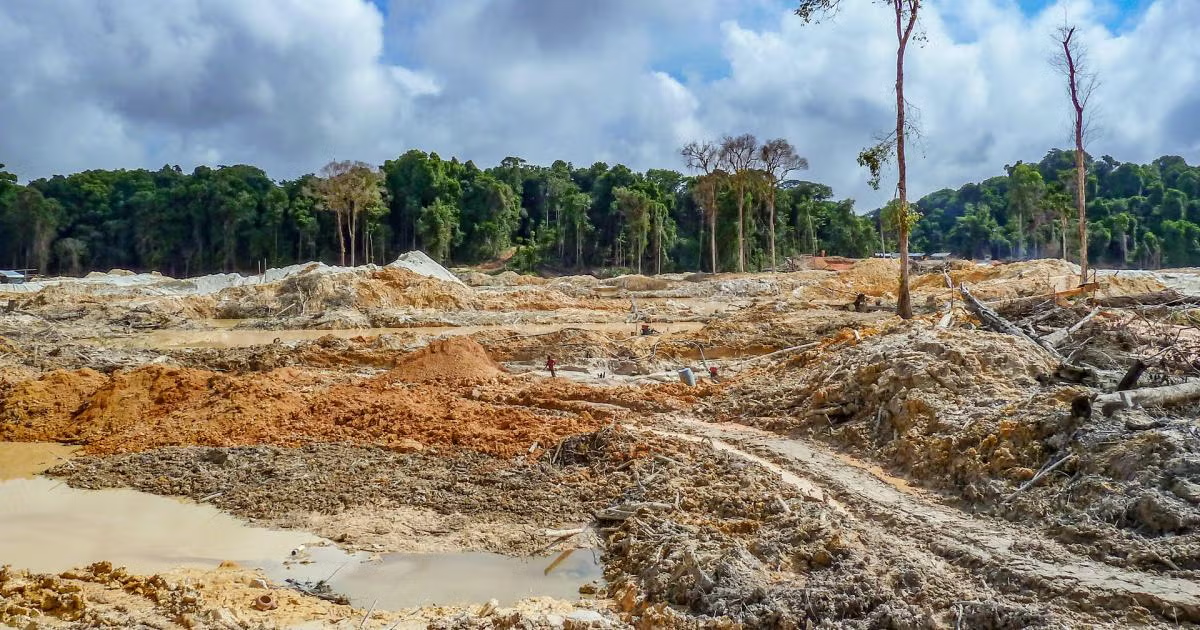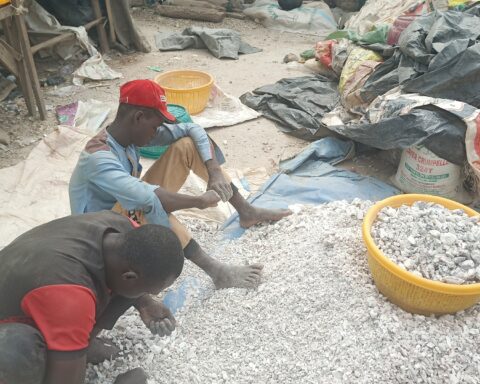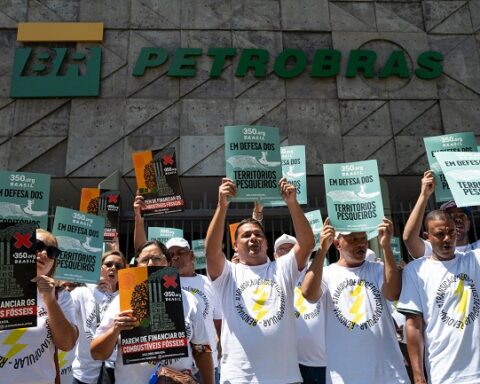In a study on southern Peru, an estimated eighteen thousand, four hundred and twenty-one hectares out of a total of one million, three hundred and eighty thousand hectares of land suffered from deforestation due to gold mining from 2021 to 2022.
In West Sumatra in Indonesia, at least 6,968 hectares of forest were damaged through illegal gold mining, the highest damage occurring to the forest in South Solok Regency, which covered an area of 2,559 hectares, when hundreds of illegal gold miners operated.
At the Apamprama Forest Reserve in Ghana, forest loss through gold mining accelerated in 2018, with a third of 3,630 hectares of forest disappearing within twenty years.
Seen within the context of these examples, it comes as no surprise when a recent report revealed that analyses of satellite data from 2023 to 2024 showed that 4,219 hectares of rainforest had been destroyed by gold mining in four indigenous territories in the Amazon, an area equal to almost half of the total area of Manhattan, or more than 5,900 soccer pitches.
Since the beginning of this century, gold and coal extraction have been on the high side, culminating in over 71 percent of all mining-related deforestation from 2001 to 2019, with gold particularly seen as the commodity that brought the highest forest loss.
From 2010 to 2020, gold extraction caused Ghana to lose as much as 100,000 hectares of forests, with Suriname losing 35 percent of its primary forest between 2000 and 2023, gold mining playing an important part in the process.
From 1984 to 2017, in the southern Peruvian Amazon, gold extraction has been on the high side, also, resulting in nearly 100,000 hectares of forest disappearing through the business, with 10 percent of deforestation occurring in 2017.
With the demand for gold hitting around 4,899 tonnes in 2023, one of the highest figures in history, it’s no surprise that gold extraction, both legal and illegal, remains an attractive activity, with grievous consequences on the climate front.
In 2022, experts put the estimated emissions for the gold market at around 126.4 million tonnes of carbon dioxide equivalent per year, a significant share of the mining energy industry, which uses up 11 percent of total global energy consumption.
In 2023, a total of 50.5 million tonnes of carbon dioxide emissions from gold mining took place, of which 30.3 million tonnes and 20.2 million tonnes came from direct and indirect emissions, respectively, representing a gold production intensity increase of 1.5 percent year-on-year.
In 2024, global greenhouse gas emissions from gold mining were predicted to exceed 100 million tonnes of carbon dioxide equivalent annually, driven by increased demand for electricity and other goods requiring gold.
From these figures, it becomes clear that with gold extraction remaining high every year, carbon dioxide emissions will also remain at a high level, accelerating the impacts of climate change over thousands of communities the world over.
A transition to renewable energy sources, along with creating technology to cut down on energy consumption, as well as developing low-carbon technologies, will go a long way to reduce the devastating impact of gold mining on climate change.
By Adetokunbo Abiola






